Diego Velázquez
Spanish Court Painter
c. 1599 – 1660
Diego Velázquez was born circa June 6, 1599, in Seville, Spain. In 1610, he began his art education under Francisco Pacheco, local painter. Velázquez's early works were of the traditional religious themes favored by his master, but he also became influenced by the naturalism of Italian painter Caravaggio. Velázquez set up his own studio after completing his apprenticeship in 1617. A year later, he married Pacheco's daughter, Juana. By 1621, the couple had two daughters.
In 1622, Velázquez moved to Madrid, where, thanks to his father-in-law's connections, he earned the chance to paint a portrait of the powerful Count-Duke of Olivares. The count-duke then recommended Velázquez's services to King Philip IV; upon seeing a completed portrait, the young king of Spain decided that no one else would paint him and appointed Velázquez one of his court painters.
Velázquez traveled to Italy from June 1629 to January 1631, where he was influenced by the region's great artists. After returning to Madrid, he began a series of portraits that featured members of the royal family on horseback. Velázquez made a second trip to Italy from 1649 to 1651. During this time, he was given the opportunity to paint Pope Innocent X, producing a work that is considered among the finest portraits ever rendered. Velázquez also produced a portrait of his servant, Juan de Pareja, which is admired for its striking realism, and the "Venus Rokeby," his only surviving female nude.
In 1656, he produced perhaps his most acclaimed work, "Las Meninas." In 1658, Velázquez was made a knight of Santiago. After being tasked with decoration responsibilities for the wedding of Maria Theresa and Louis XIV, Velázquez became ill. He died in Madrid on August 6, 1660.
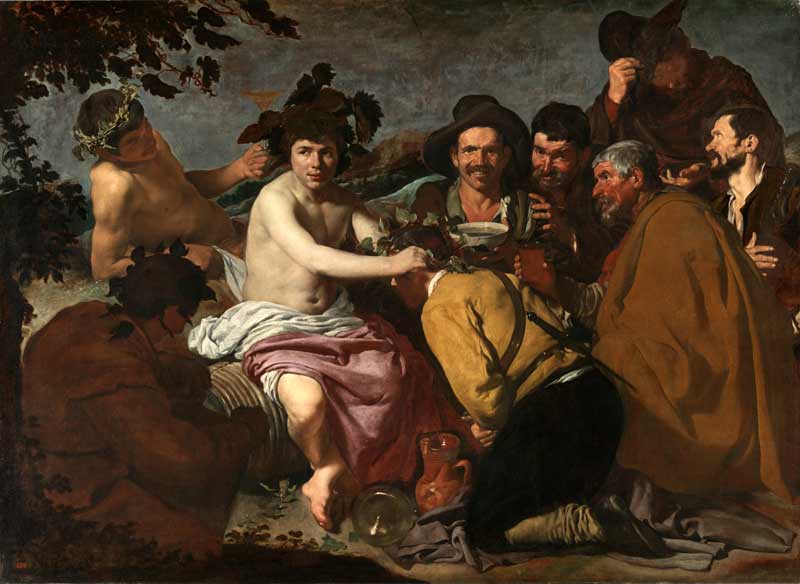

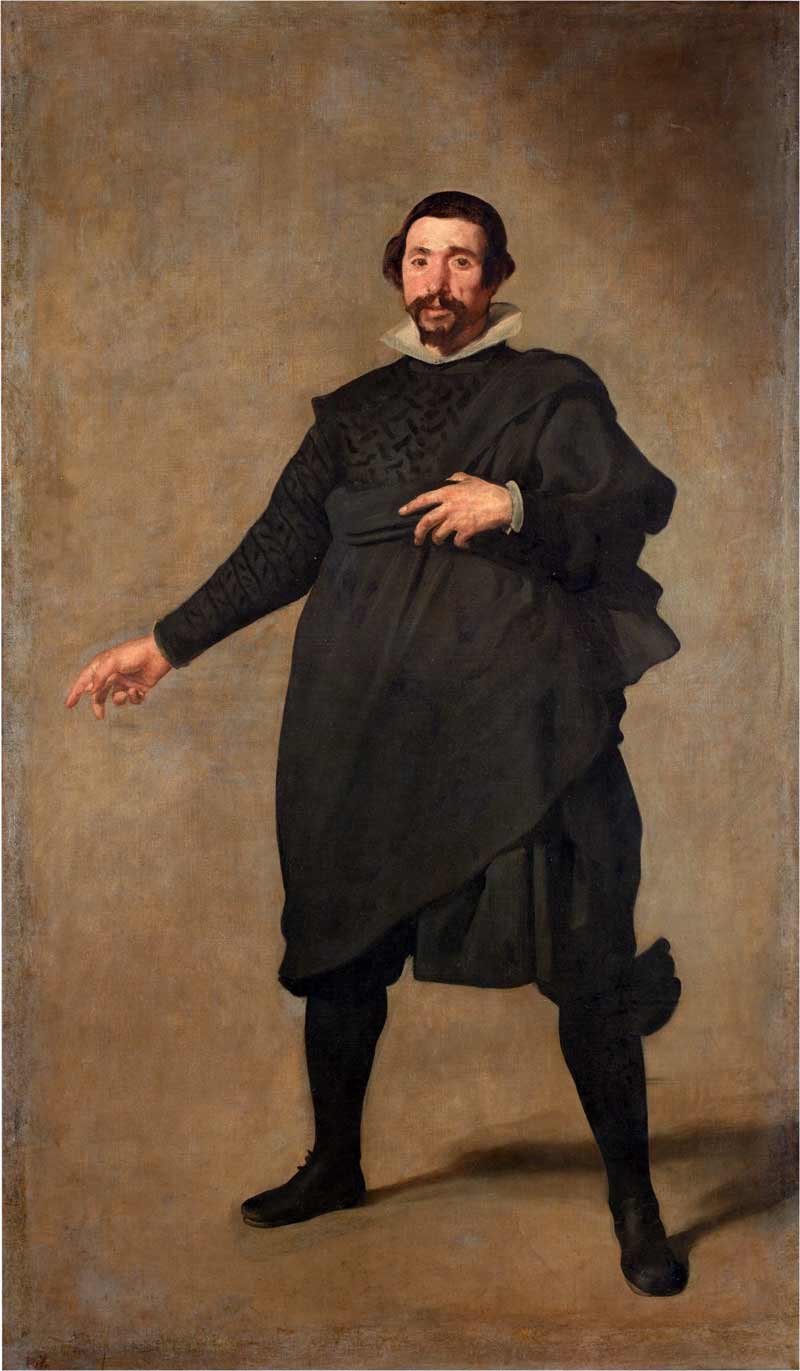
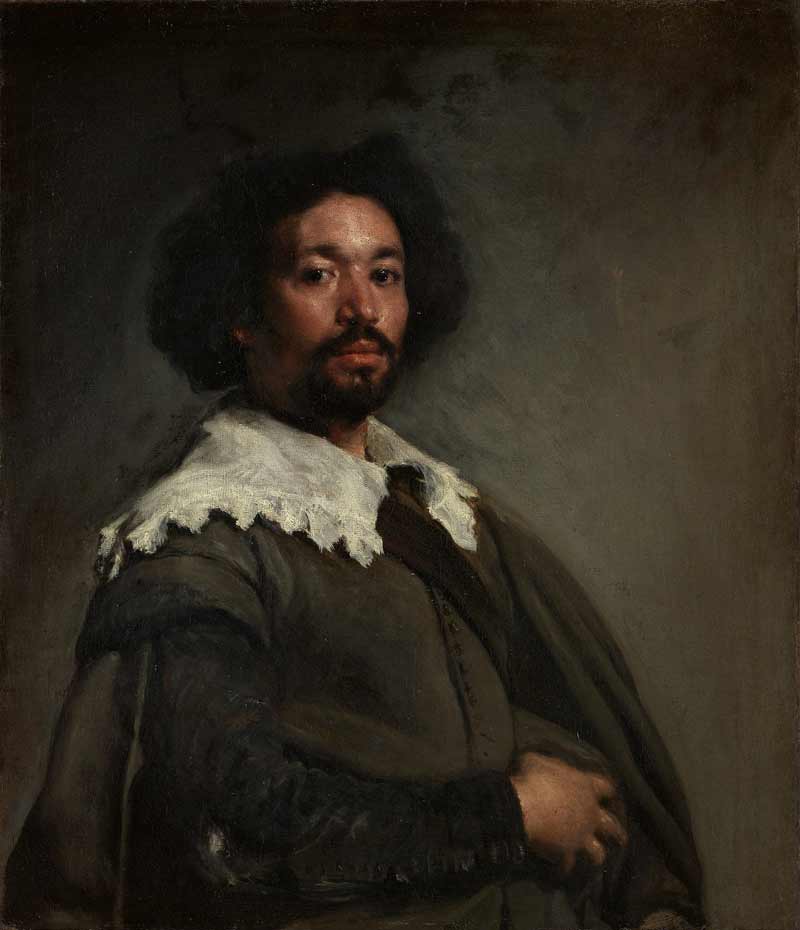
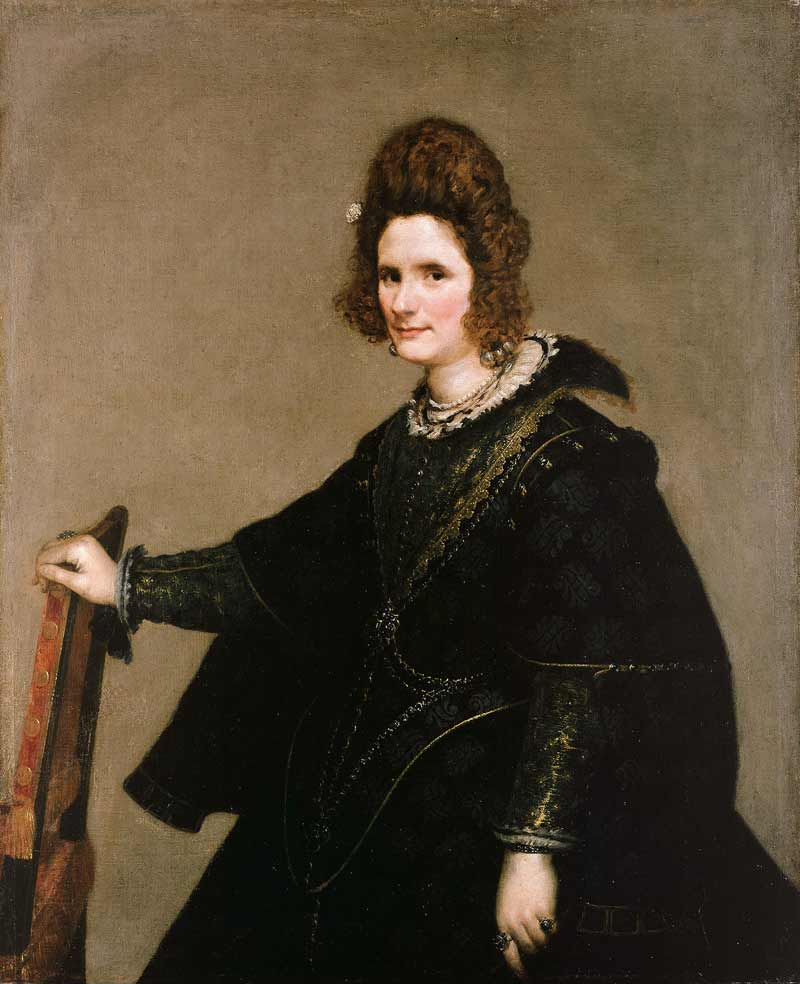
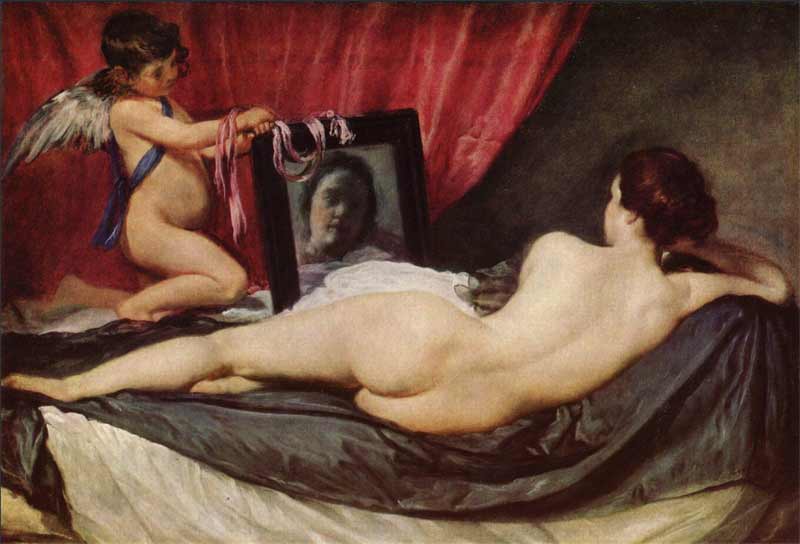
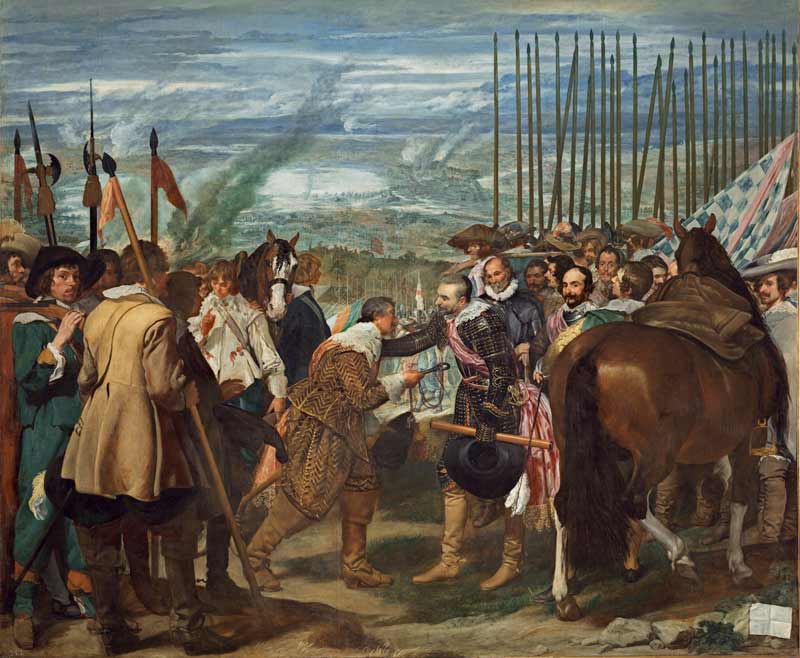
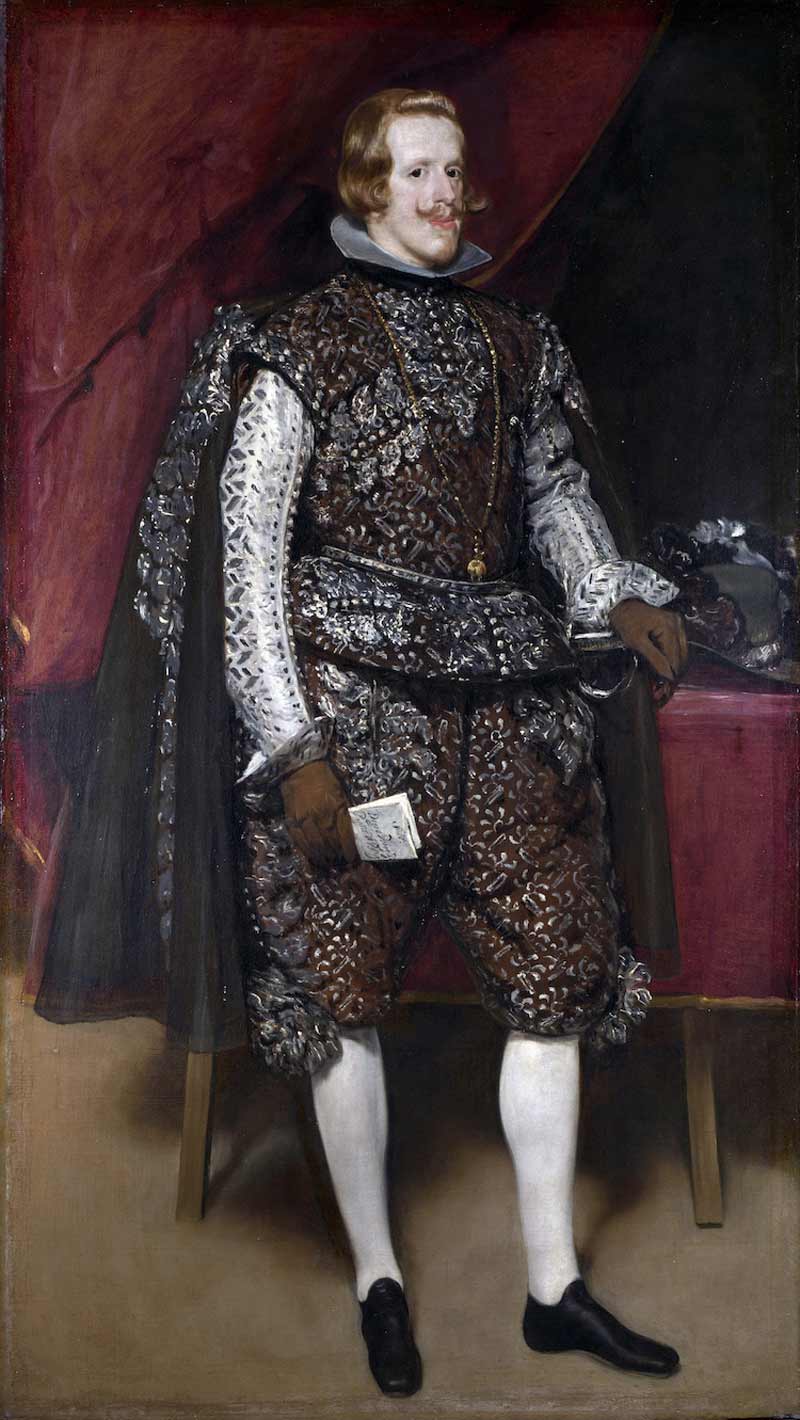
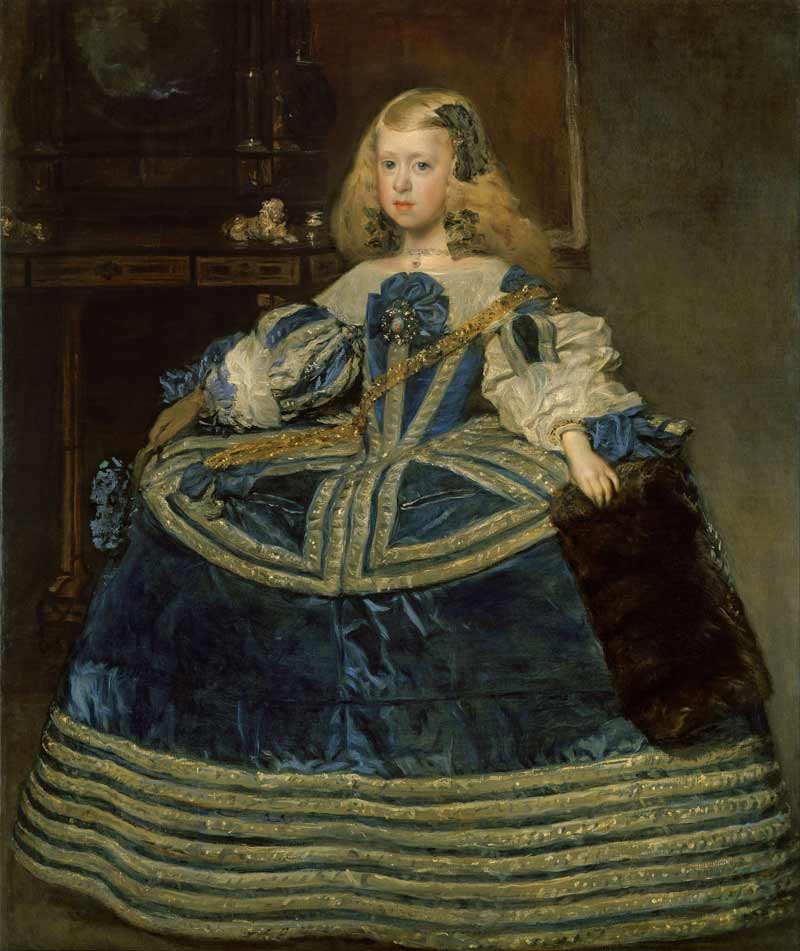
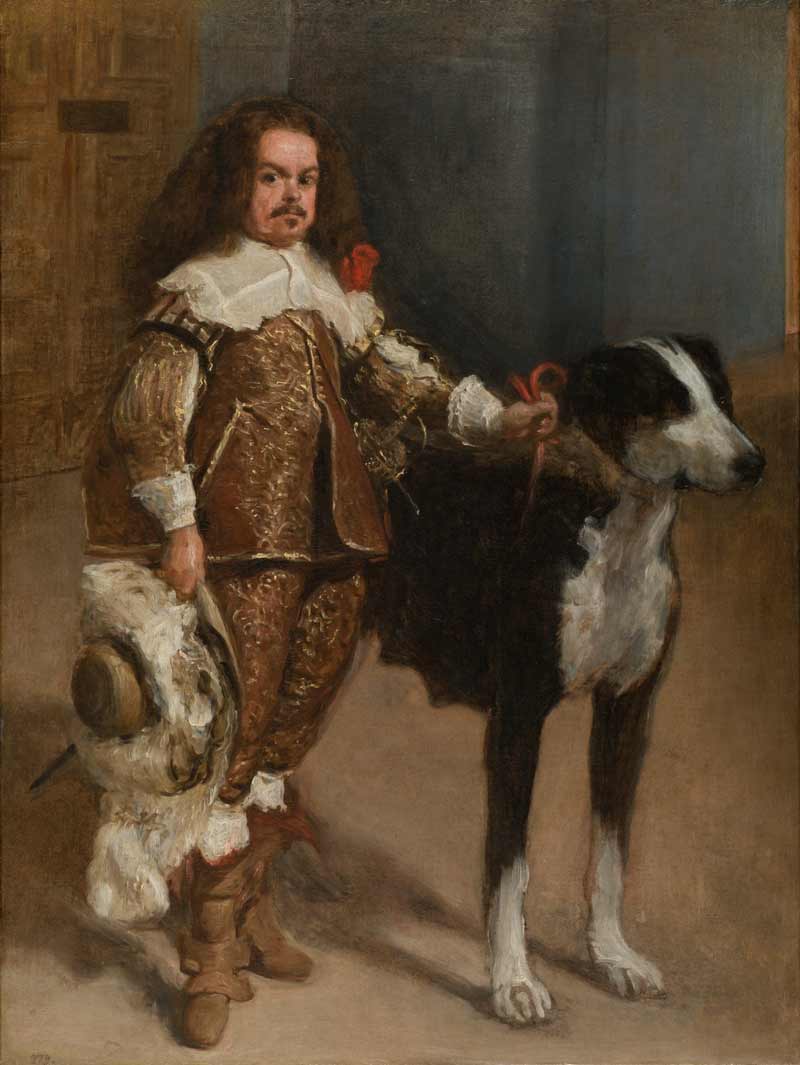

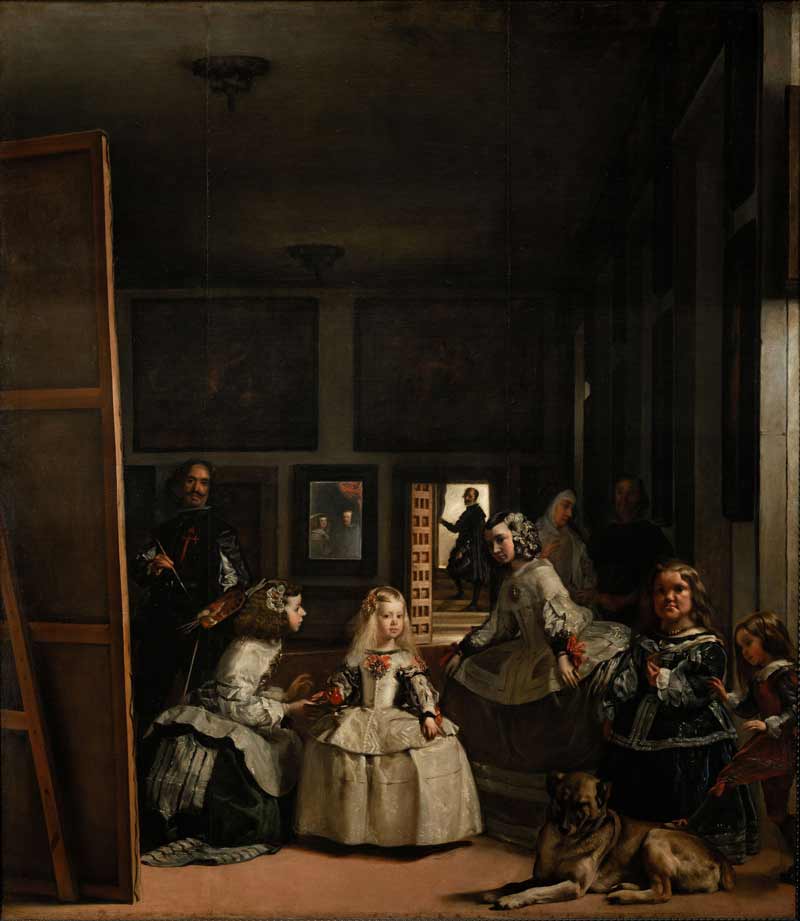
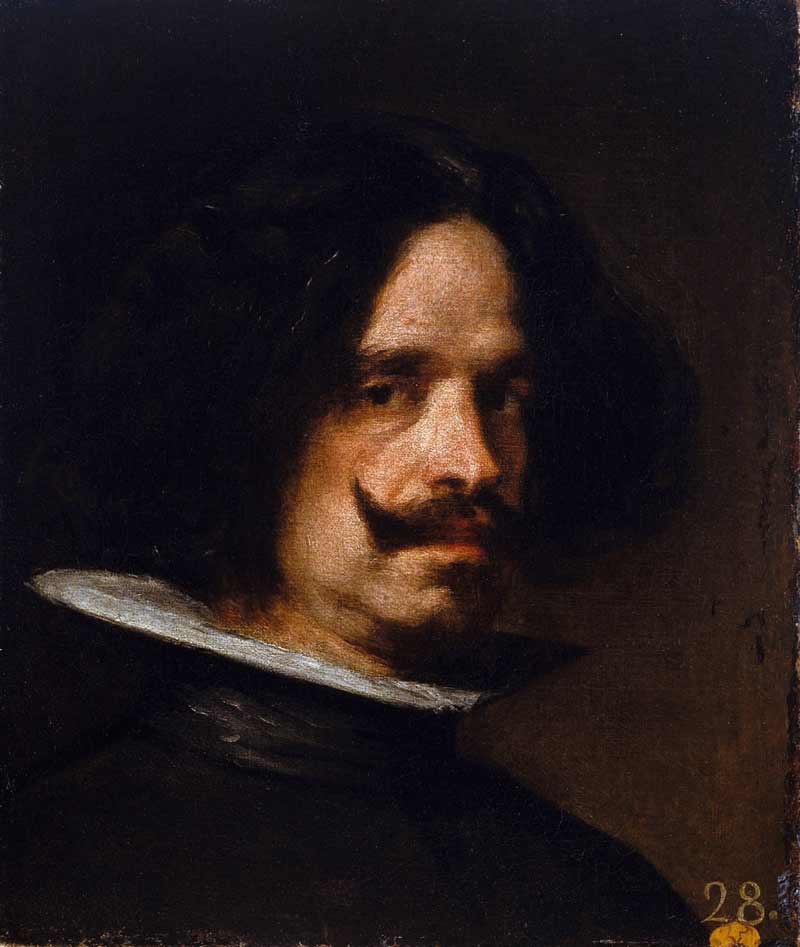
This is your unique chance to get a lifetime academy membership and a dedicated team of art teachers.
Such unlimited personal tutoring is not available anywhere else.




